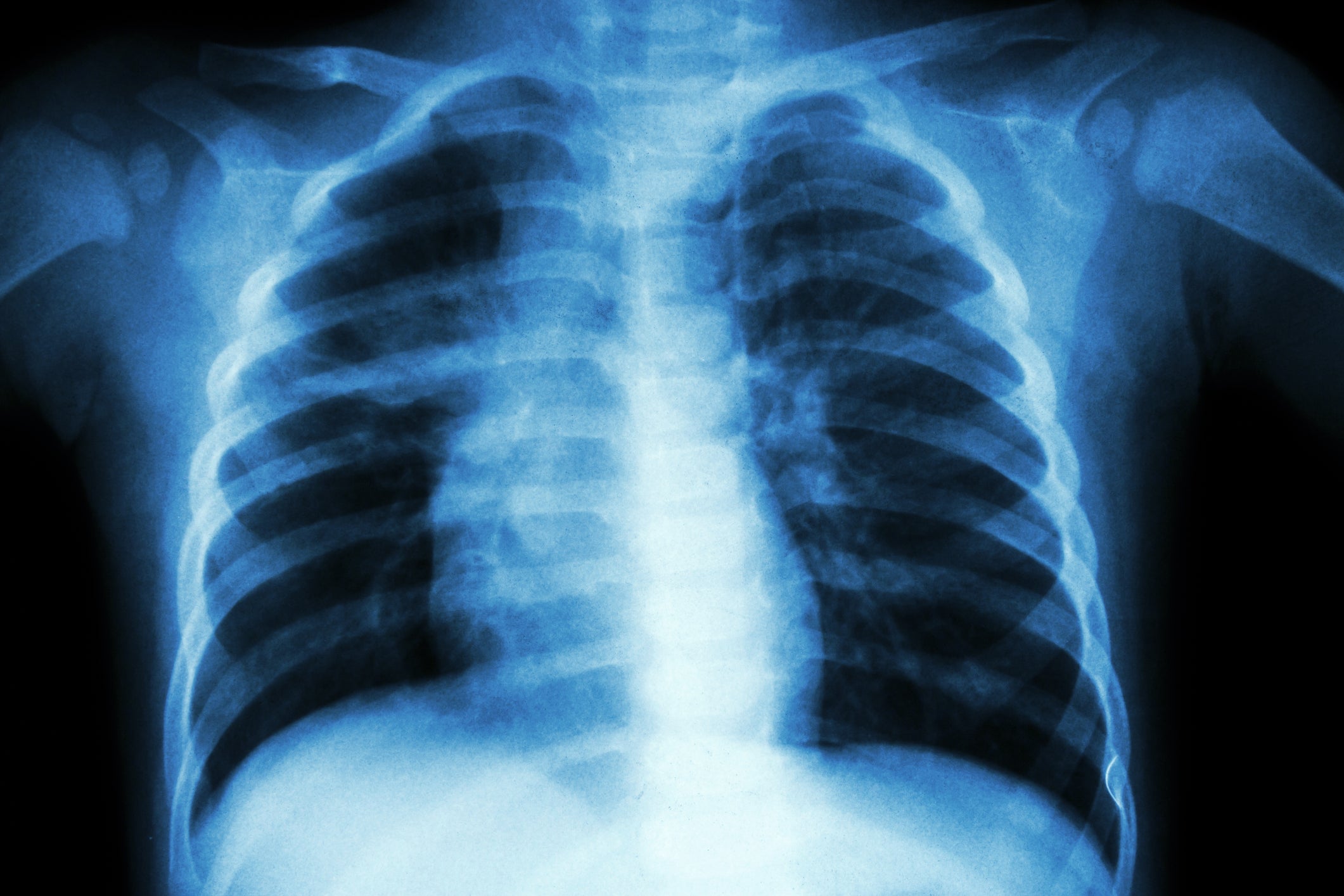Stillbirths in the U.S. higher than previously reported, often occur with no clinical risk factors

For immediate release: Oct. 27, 2025
Boston, MA—Stillbirths occur at a higher rate in the U.S. than previously reported, according to a new study led by researchers at Harvard T.H. Chan School of Public Health and Mass General Brigham.
The researchers also found that, while most stillbirths had at least one identified clinical risk factor, a substantial share had none, particularly those occurring at 40+ weeks gestation.
“Stillbirths impact nearly 21,000 families each year in the U.S., and nearly half of those occurring at 37+ weeks are thought to be preventable. Yet there is very little research in this area,” said co-senior author Jessica Cohen, professor of health economics. “Our study highlights the pressing need to improve stillbirth risk prediction and prevention.”
The study was published Monday, Oct. 27, 2025, in JAMA. According to the researchers, it’s one of the largest, most data-rich studies of stillbirth burden to date.
The researchers studied the outcomes of more than 2.7 million pregnancies across the U.S. between 2016 and 2022 using commercial health insurance claims and demographic data from the Health Care Cost Institute, the American Community Survey, and the March of Dimes. Among these pregnancies, 18,893 stillbirths were identified. The researchers examined associations between these stillbirths and a variety of clinical factors, including gestational age at delivery; pregnancy risks such as obesity, pregnancy-related and chronic hypertension, gestational and pre-pregnancy diabetes, and substance use; fetal risks, such as decreased movement, growth restriction, and anomalies; and obstetric risks, such as history of stillbirth or adverse pregnancy outcomes and low or excess amniotic fluid levels. They also considered a variety of socioeconomic factors, including rurality and area-level measures of income, race, and access to obstetric care.
The study found that more than 1 in 150 births end in stillbirth—a rate higher than the rate of 1 in 175 births that the Centers for Disease Control and Prevention has published as the national average. The rate was even higher for families living in low-income areas, where 1 in every 112 births ended in stillbirth. The researchers also observed that the stillbirth rate was 1 in every 95 births in areas with higher proportions of Black families compared to White families. Stillbirth rates did not significantly vary according to rurality and levels of access to obstetric care.
The study also found that while 72.3% of stillbirths had at least one clinical risk factor, a sizable portion of stillbirths occurred with no identified clinical risk factor. Across all of the stillbirths in the study, nearly 27.7% had no risk factor. Later gestational ages showed the highest rates of having no clinical risk factor: Among stillbirths that occurred at 38 weeks gestation, 24.1% had no risk factor; at 39 weeks, 34.2%; and at 40+ weeks, 40.7%. Stillbirth rates were highest among pregnancies with low amniotic fluid levels, fetal anomalies, and chronic hypertension.
“Although momentum toward improving stillbirth research and prevention efforts has increased in recent years, rates in the U.S. remain much higher than in peer countries,” said co-senior author Mark Clapp, maternal-fetal medicine provider in the Department of Obstetrics and Gynecology at Massachusetts General Hospital. “I hope this study will inform policy, practice changes, and future research to ensure no person or family has to experience this outcome.”
The researchers also noted that the study’s findings indicate the need for further research into what’s driving socioeconomic variances of stillbirth rates—whether that be social factors, health systems factors, and/or clinical risk factors.
Haley Sullivan, student in the Harvard PhD Program in Health Policy, was the study’s first author. Harvard Chan’s Anna Sinaiko was also a co-author.
Article information
“Stillbirths in the United States,” Haley K. Sullivan, Anna D. Sinaiko, Kathe Fox, Joanne C. Armstrong, Mark A. Clapp, Jessica L. Cohen, JAMA, October 27, 2025: doi: 10.1001/jama.2025.17392
Sullivan’s work was supported by the National Science Foundation Graduate Research Fellowship Program (grant DGE 2140743).
Clapp reported the following disclosures unrelated to this work: the scientific advisory board member and holding private equity in Delfina Care; receipt of payments from the American College of Obstetricians and Gynecologists for editorial services; and receipt of grant funding from the Agency for Healthcare Research and Quality and the National Heart, Lung, and Blood Institute.
Visit the Harvard Chan School website for the latest news and events from our Studio.
For more information:
Maya Brownstein
mbrownstein@hsph.harvard.edu
McKenzie Ridings
mridings@mgb.org
###
Harvard T.H. Chan School of Public Health is a community of innovative scientists, practitioners, educators, and students dedicated to improving health and advancing equity so all people can thrive. We research the many factors influencing health and collaborate widely to translate those insights into policies, programs, and practices that prevent disease and promote well-being for people around the world. We also educate thousands of public health leaders a year through our degree programs, postdoctoral training, fellowships, and continuing education courses. Founded in 1913 as America’s first professional training program in public health, the School continues to have an extraordinary impact in fields ranging from infectious disease to environmental justice to health systems and beyond.
Mass General Brigham is an integrated academic health care system, uniting great minds to solve the hardest problems in medicine for our communities and the world. Mass General Brigham connects a full continuum of care across a system of academic medical centers, community and specialty hospitals, a health insurance plan, physician networks, community health centers, home care, and long-term care services. Mass General Brigham is a nonprofit organization committed to patient care, research, teaching, and service to the community. In addition, Mass General Brigham is one of the nation’s leading biomedical research organizations with several Harvard Medical School teaching hospitals. For more information, please visit massgeneralbrigham.org.


